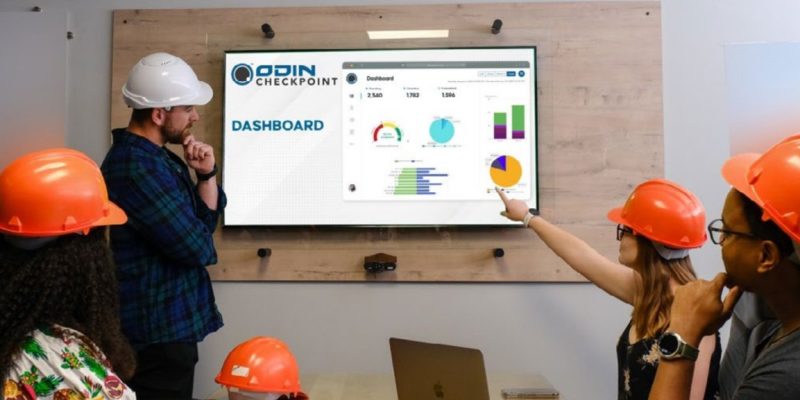
The first major hurdle to overcome is to avoid being overwhelmed by the sheer array of new technologies and jargon, and to rather focus on their practical applications.
The secret lies in first identifying your specific challenges before you buy a toolbox full of tools you don’t need or can’t use. Industry 4.0 requires a clear understanding of the problems you need to fix. Only then can you invest in and use the right tool for the job.
For example, if frequent machine breakdowns are a concern, anomaly detectors can identify performance dips, allowing you to address them before they become critical, preventing unnecessary downtime.
Industry 4.0 isn’t some mystical solution; it’s simply a toolbox filled with practical tools that you can use to solve your manufacturing problems.

At its core, Industry 4.0 is about making the transition from reactive to proactive problem-solving. In medical terms, it’s about preventative healthcare for your factory. Treating chronic diseases is important, but preventing them in the first place is the ideal.
Industry 4.0 is like getting a fitness tracker for your factory. The right solution provides continuous data to monitor the health of your production facility and make proactive interventions before there is a serious problem.

Until now, manufacturers have not had the technology, or toolbox, to take a preventative approach to maintaining the overall health of their factory assets.
Factory audits traditionally served as an annual health check. However, these audits offer a limited snapshot and don’t reflect ongoing realities. Just like a person might fast or temporarily adjust their diet in preparation for a blood sugar test for diabetes, a factory audit might not capture the true picture of production line performance because the quality and production checks use the best operators, best maintenance team, and best raw materials on the line.
What sets the digital factory apart is live information from the production line that can be used to understand where the problems lie and to improve the process by making iterative changes.
Overall Equipment Effectiveness (OEE) is another common metric for measuring plant performance. However, OEE is a retrospective and reactive measure. It tells you what happened, not what’s coming. Additionally, a fixed OEE target might not be practical for every production line due to variable factors like equipment age or raw material quality. Industry 4.0 allows for dynamic baselines that reflect a line’s unique situation and enable year-on-year improvement.
Everyone is under pressure to produce. But having the data to make informed decisions can make all the difference. At some point, when you see the trends going in the wrong direction, a manager must have the foresight to make the decision to stop the line and fix the problem, knowing it’s eventually going to hit the limit.
Proactive interventions help to mitigate risks before they disrupt production. When things break, you will stop the line. And you will have to make the time and budget to fix it. You’ll have far less downtime if you make adjustments when you first notice a spike in anomalies.
In today’s rapidly evolving manufacturing landscape, Industry 4.0 is not a choice, but a necessity. Manufacturers need to optimise every aspect of production to remain competitive. Increased agility is crucial in meeting customer demands for product variations and mass customisation.
Digitalisation allows production lines to be adapted quickly and efficiently to fluctuating volumes
and multiple products without significant capital expenditure or downtime.

So, what does practical digitalisation look like and where does one start?
If you’re feeling overwhelmed by the thought of large-scale changes, start by digitising your maintenance function. This facilitates the scheduling of preventative maintenance tasks and a more proactive approach to asset health.
Then, once you start seeing the benefits, you can move on to optimising your assembly process by introducing, for example, operator guidance systems.
Remember, successful digitalisation is a step-by-step journey with a clear focus on return on investment (ROI). The solution you choose should address your specific need, and it should be flexible enough to start with a single use case and scale up to cover the entire plant when you are ready for it. What sets the digital factory apart is live information from the production line that can be used to understand where the problems lie and to improve the process by making iterative changes.

By embracing Industry 4.0 as a problem-solving toolkit and focusing on its practical applications, manufacturers can unlock a new era of proactive, data-driven production. This will lead to a significant competitive edge in the years to come.
Check out our other Resource sections:

Sign up to get the latest thought leadership articles – written by our experts – delivered straight to your inbox.